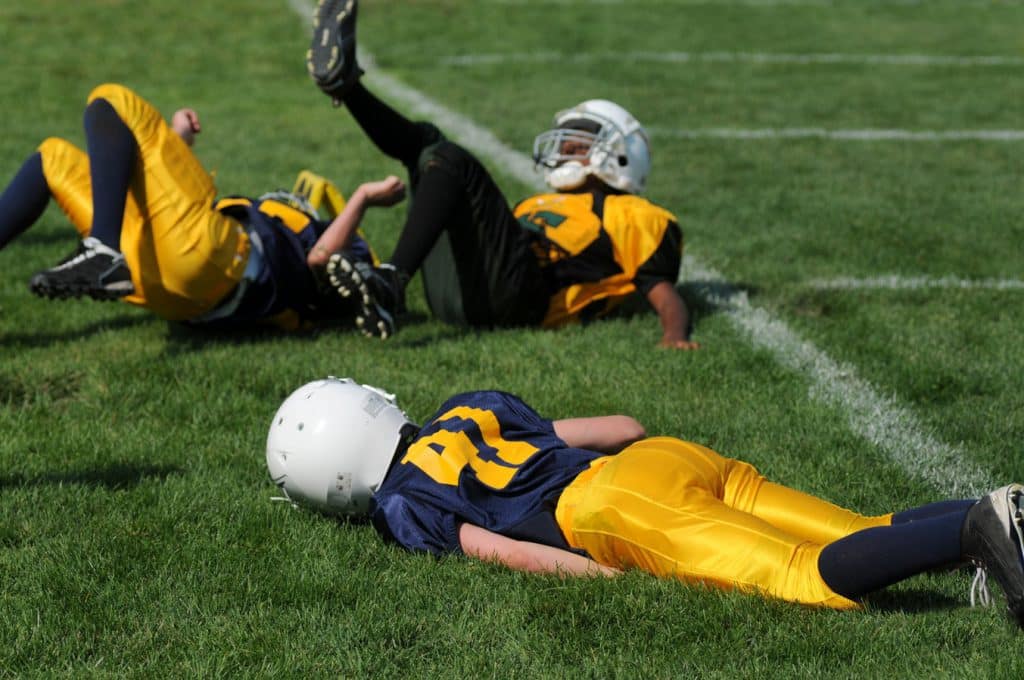
Injury Reserve: How NGU keeps its football players healthy
Nick Aldrich, Staff Writer
One of the unfortunate aspects of playing football at a collegiate level is the high prevalence of injuries that can occur. While injuries are awful, accidents do happen, and this is especially true in football. This is very difficult for schools with high level football programs, as one bad fall can put a star player out of commission for the rest of the season. This is why it is important to properly treat these injuries so players can get back out on the field as quickly as possible. Proper rehabilitation is crucial in helping athletes recover, so it is important not to rush their recovery.
James Anderson, an athletic trainer at North Greenville University, has the important job of preventing injuries from happening. Anderson says that one of the most important aspects of his job is “monitoring humidity and heat during any type of outdoor exercise sessions.”
Anderson also “calculates the exposure time along with the current weather conditions and ensures that there are enough hydration breaks.” Monitoring the environment is often an overlooked aspect of injury prevention. The heat can really take its toll on the athletes, so it is crucial that they are properly hydrated so they avoid dehydration or exhaustion.
Another aspect of Anderson’s job is deciding whether injuries are bad enough to stop a player from continuing a game. It’s a very difficult task with many risks. Leaving a slightly injured player in could result in the injury worsening, which is never a good thing.
Anderson says that the main criteria he uses to determine if a play can continue playing is “if this injury is going to alter their life in a negative way.” If an injury is sure to worsen a player’s skill or cause long term pain for them when performing certain actions, it is important to pull them out immediately until it has completely healed.
However, this does not mean that any pain whatsoever is worth pulling a player out. Anderson says that “If they have full strength and full ROM (Range of Movement), I will allow the athlete to resume their role in practice or a game.”
Because of this, it is crucial to be able to recognize the severity of an injury as to not have it worsen from extended play. Anderson says that injuries like “spinal injuries, open fractures, loss of consciousness, or a huge deformity of a body part” are worth immediately removing a player from competition.
Once a player has been decidedly labelled as injured and pulled out of a game, how does NGU help them recover? Depending on the severity of the injury, the player may be allowed to participate in a different practice program. These programs help the player recover without putting stress on their injured body part.
The workout will be understandably light to prevent any irritation of the injury and will not include working with the injured limb at all. Anderson says these workouts are “done so that the athlete does not decondition at a rapid pace.”
This prevents the athlete from potentially injuring themselves further, while also keeping them in good shape as their injury heals.
This will allow them to be in top shape for when they are ready to return to the field. All in all, this strategy of injury recovery is extremely effective.

